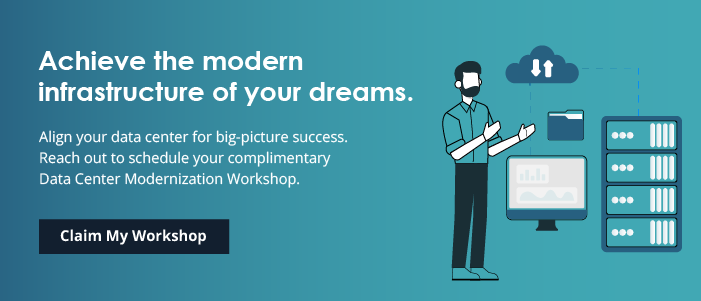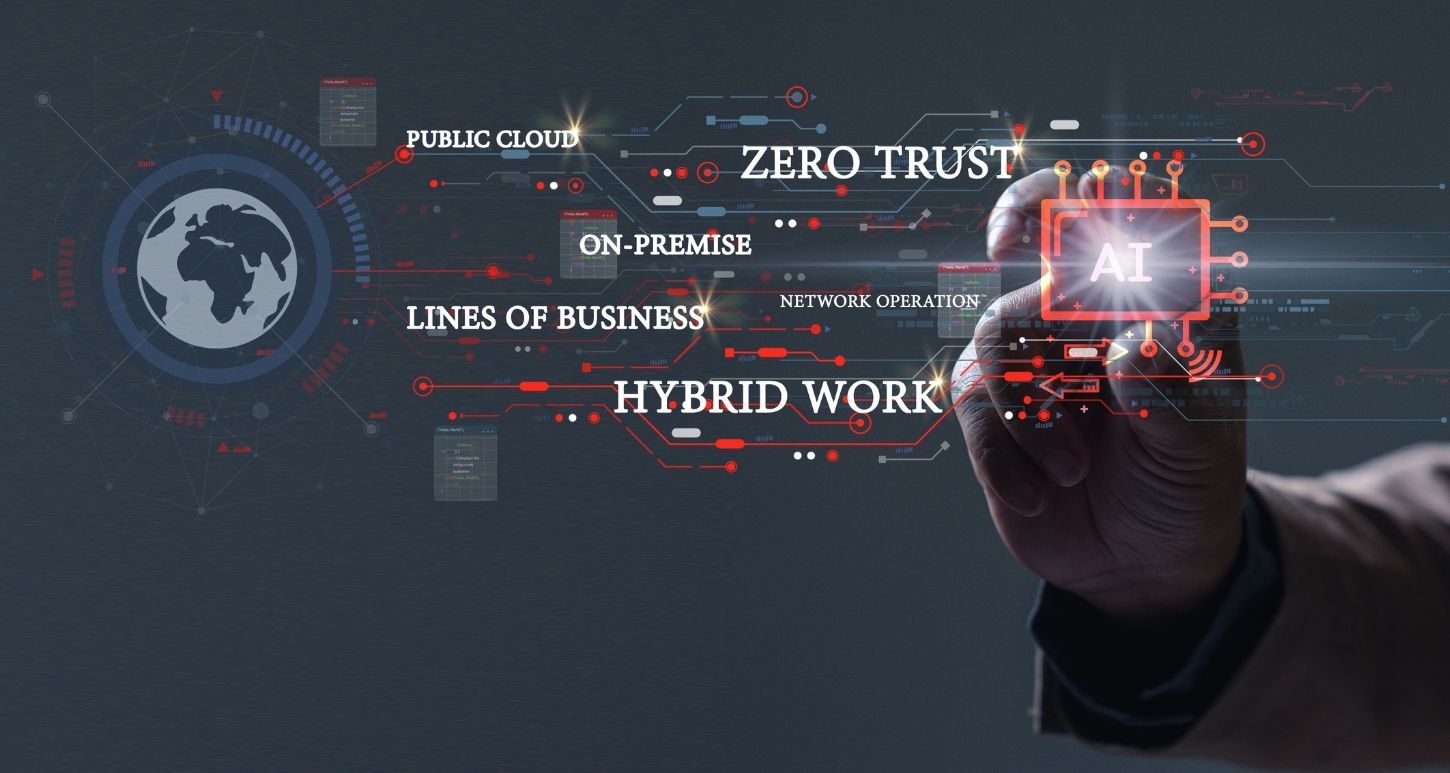The public cloud offers plenty of tantalizing advantages to enterprise customers. The appeal of scalability, security, and performance—not to mention the elimination of massive capital expenditures—can be hard to resist. Countless enterprise businesses have flocked to the public cloud and never looked back.
Yet, for some, the benefits that looked alluring on paper can prove elusive in practice. That’s because the advantages of the public cloud are not ubiquitously available and synonymous for all. The reality is that while the public cloud works incredibly well for plenty of enterprise customers, it isn’t a one-size-fits-all solution.
However, that doesn’t mean that the public cloud’s signature pay-for-use pricing model can’t work in a private-cloud scenario. If you’re seeking the pricing and scalability the public cloud offers, an on-demand private cloud may be the solution you’ve been looking for.
The public cloud is remarkable, but it isn’t for everyone
The public cloud has transformed business and can be an incredibly cost-effective option, especially when it comes to replacing a data center full of end-of-life equipment (or even eliminating the data center itself). The public cloud alleviates massive capital and operational expenditures associated with running a data center and the equipment it houses and spreads the costs into a pay-as-you-go and for-what-you-use model. Organizations can scale up and down quickly and turn off workloads they aren’t using—all without the costs and headaches of on-premises infrastructure.
At the same time, like most things, the benefits and suitability vary depending upon each enterprise business’s needs, challenges, processes, and infrastructure.
Possible unexpected costs
Predicting public cloud costs can be difficult. For example, we know that, by and large, putting data into the cloud isn’t the problem. Pulling that data out is where costs can add up. Such costs can be tricky to estimate due to needs that can fluctuate from month to month or season to season.
Furthermore, well-intentioned organizations relish the idea of scalability and the capability to turn off unneeded workloads. The problem is, they often lack the processes and discipline to proactively manage these resources, and usage volumes and their associated costs can balloon quickly.
Then there’s shadow IT. It’s challenging to monitor unsanctioned applications and workloads in the public cloud, and their associated usage costs (and risks) can pile up.
Potentially unfamiliar architectures
Public cloud providers have developed excellent solutions to secure data and ensure compliance. However, cloud architecture differs from traditional on-premises infrastructure, and the skillsets required to support these environments vary immensely.
Migrating to the public cloud fundamentally changes the security boundaries, accessibility, behaviors, and skillsets required to support your infrastructure. Employees who are not highly trained in the cloud can inadvertently introduce security gaps and misconfiguration. Because information sits in the public cloud, these risks can pose much bigger threats than they might in a traditional on-premises infrastructure.
Application behavior impacts
Application behavior can also pose an issue, particularly for workloads not optimized for the cloud or workloads that rely on decentralized edge processing. Sometimes, organizations shift their workloads to the public cloud but find that as data gets passed back and forth, application performance decreases as latency increases—as do egress fees for cloud bandwidth—negatively impacting the user experience.
Scalability and pricing of public cloud in a private cloud
Fortunately, cloud-based pricing structures can exist in private data-center infrastructure. Some models allow organizations to enjoy demand-driven, consumption-based pricing without moving to the public cloud and without the need to adopt a CapEx-driven private infrastructure.
Predictable, pay-as-you-go OpEx model
In the on-demand private cloud model, organizations enjoy the flexibility and future scalability of a public cloud without the CapEx outlay of traditional IT infrastructure. This pay-for-use consumption model works well for organizations that understand their future sizing needs but don’t want to assume capital expenditures. The costs are predictable. Furthermore, organizations have increased visibility into resource usage—something that can prove more challenging in the public cloud.
Familiar on-premises architectures
As mentioned, the skillsets required to support public-cloud architectures differ from those needed to support on-premises architectures. By deploying a private-cloud architecture, the enterprise can leverage traditional security architectures, which may better align with your organization’s culture and the available skillsets.
Predictable application performance
Finally, in an on-demand private cloud, there’s no need to move applications, no need to refactor applications to be cloud-native, and no risk of unwanted behaviors turning up unexpectedly. You don’t have to worry about how your move to the public cloud will impact application performance.
GDT delivers on-demand private-cloud solutions on HPE GreenLake
The public cloud is an ideal option for many organizations, offering incredible benefits. But it doesn’t work in all scenarios. Whether your organization is considering repatriation from public to private cloud or embracing the scalability and pay-as-you-go pricing in a private-cloud model, GDT has experts who can help you assess your needs and architect the right solution for your enterprise.
Leveraging HPE GreenLake, GDT can deliver a purpose-built, on-demand private-cloud architecture that suits your needs today and in the future. GDT has some of the world’s leading, most experienced experts across cloud, data center, and hybrid multi-cloud. Whether you’re looking to move to a private, public, or hybrid multi-cloud, GDT has the experience and expertise to ensure a successful journey.
Call us today, and we can discuss how to architect a best-in-breed solution to meet your specific enterprise needs.





